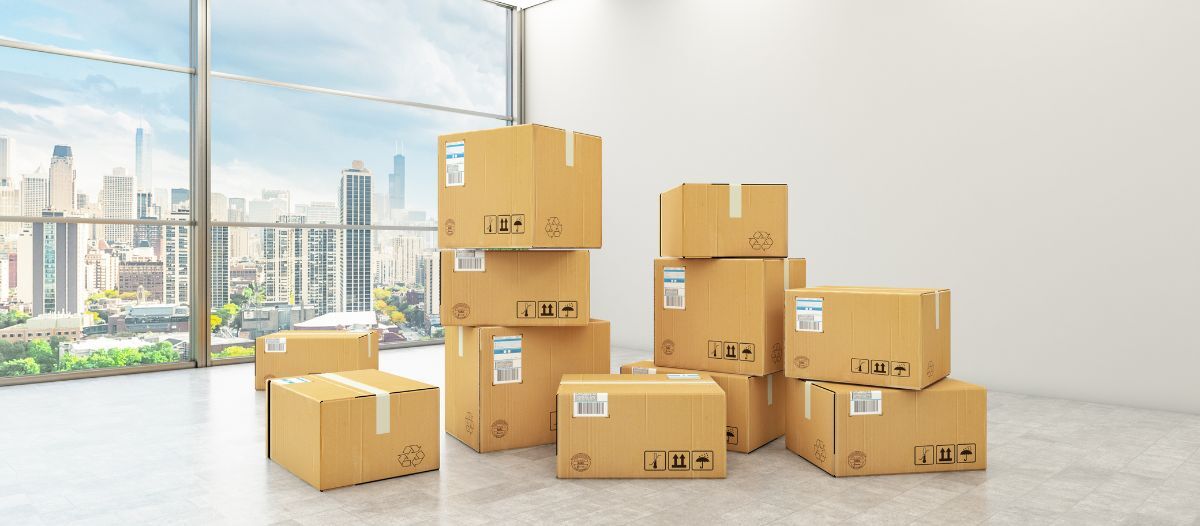All the Right Moves
Leveraging technology for office space decisions

The future of the workplace is here. Leaders are investing in back-to-office strategies that have longevity and are making decisions that will help attract and retain top talent. For many, the solution is a more flexible work environment that promotes in-office and remote work and makes it easier for employees to connect and perform digitally.
While a distributed workforce and a hybrid work model are not new, they are happening on a much larger scale than ever before. Some of the biggest brands, often known for their in-office perks, are embracing remote roles and enabling employees to dictate where — and sometimes even when — they work. However, with change comes new challenges. Organizations adjusting to a flexible work environment must contend with:
-
Updating or creating accurate occupancy reports
-
Making data-based long-term space decisions
-
Space planning, managing and maintaining shared workspaces
Digital occupancy updates
As organizations transition to in-office work, they have found a gap between the assumed state of workstations and the reality of their current office. Unregulated seating, multiple people assigned to a single workstation, past employee items left at workstations and missing equipment are some of the additional challenges that must be navigated before setting up a long-term office strategy.
Smart companies are looking to digitize the process to make it easier to have more control and visibility into occupancy reports, while facility managers, HR and occupancy planners manage these aspects of the office from anywhere. Major innovations in the commercial moving industry have seen these trends and are looking at leveraging technology to solve these challenges.
While the commercial moving industry is notorious for being slow to adapt to changes, major brands are excited to see innovation keep up with the evolving workplace. Enabling digital occupancy is just one step in the right direction to modernizing commercial activities.
Data-based space design
Understanding what employees really need to be successful in a space cannot be done without challenging the status quo. Whether companies are planning for a new space or reconfiguring a current office, implementing tools and technology to see how spaces are used can help ensure design for long-term success. Smart workplace design starts by asking the right questions, like:
-
How much space do we need based on current use?
-
Will life circumstances change how many people come into the office?
-
Will we have a peak season for office use?
-
What do employees need to do better work?
-
Can new technology enhance performance?
-
What are the desired experiences and outcomes in specific environments?
-
What is most important in each space?
Tools like space utilization metrics, people-counting features and flow monitoring can help companies see what is really taking place in each space instead of relying on what they think is happening, and ultimately give companies a better picture of their overall needs.
“The way people work is changing so rapidly it’s hard for employers to keep up. Right now, we’re seeing an increase in tools and technology that help facilities with things like hotel desk scheduling, desk cleaning alerts and people counting,” said Jay Morris, founder of Phase Integration, a workplace technology consulting and project management firm. “These tools are making it easier for organizations to keep employees safe and collect data that will ultimately help shape the workplace of tomorrow.”
Design for shared workstations
To design better office spaces that meet employees’ changing needs, many organizations are embracing different styles of shared workstations. With hotel desks, or hoteling, employees pre-book a space — this approach offers traceable utilization records and more control over spaces. Hot desks – allowing employees to sit in any available workstation when they arrive on site – have also become popular, lending less control to an organization but removing the need to manage a concierge service.
These adjustments can help reduce space needs and enable organizations to add different types of work areas throughout a building. However, the transition can be cumbersome.
For example, a major social media company recently made the switch from designated workstations to hotel desks and had to purge, pack and reset more than 3,000 workstations during the pandemic. The organization worked with a commercial mover that used technology to digitally track items, making it easier to ensure all personal items were delivered to the right employees and all workstations were functional.
While smaller organizations may not see the same issues on that scale, all companies that are transitioning to a hybrid work model will need a system in place to execute the transition effectively and efficiently, and many can leverage technology to make the process easier while learning from the mistakes and successes of other companies.
Another part of the hybrid workplace that companies cannot overlook is what they will do with excess furniture. Switching to hotel or hot desks means an inevitable surplus of assets that will no longer be needed on the floor. Organizations must choose between storage or decommission and liquidation. Working with a modern commercial mover that offers inventory management technology can give companies more control and visibility in their stored items, making it easier to know exactly what is available and quickly pull items for scalability. If a company chooses liquidation, they can work with a provider that offers resale or eco-friendly options to help minimize waste going to landfills and help their bottom line.
Benefits of storage:
-
Flexibility to pull items as needed
-
Ability to manage inventory when working with provider that offers modern technology
-
Easily scale during peak seasons or as business grows
Benefits of liquidation:
-
Potential to sell or donate
-
Eco-friendly and sustainable options to ensure items do not end up in landfills
-
Savings on storage costs if items are no longer needed
Thriving in the new workplace environment
In 2020, no one could have predicted the drastic change that would happen practically overnight. However, FMs have a better idea of where office spaces are headed. Forbes puts hybrid work as number one in a list of the five biggest workplace trends in 2022. However, much remains to be seen about how the workplace will continue to evolve. It will never be the same, and FMs should expect to continue to see trends of hybrid and remote work rise, and be ready to adapt, adjust and pave the way for the workspaces of the future.

Bob Papuga has more than 30 years of experience in the moving and storage industry with a heavy emphasis on branch and sales management, and financial accountability. He has been part of Suddath’s commercial moving division for more than 18 years and currently serves as senior vice president.
Read more on Project Management and Occupancy & Human Factors
Explore All FMJ Topics









